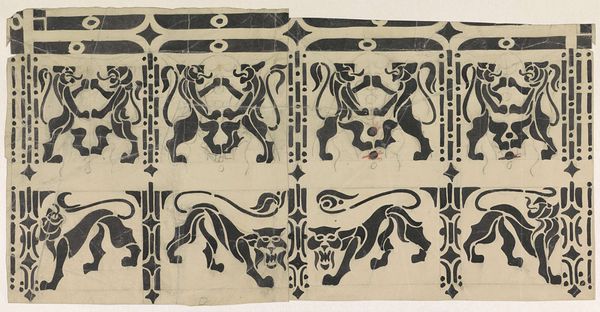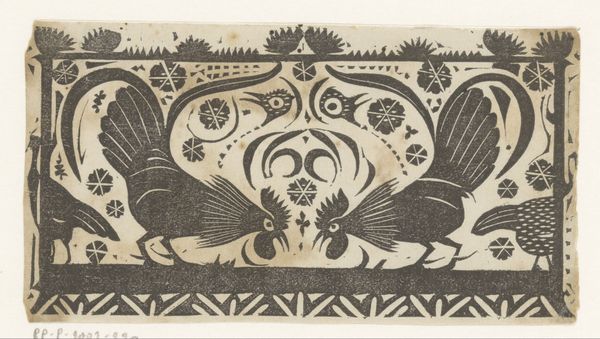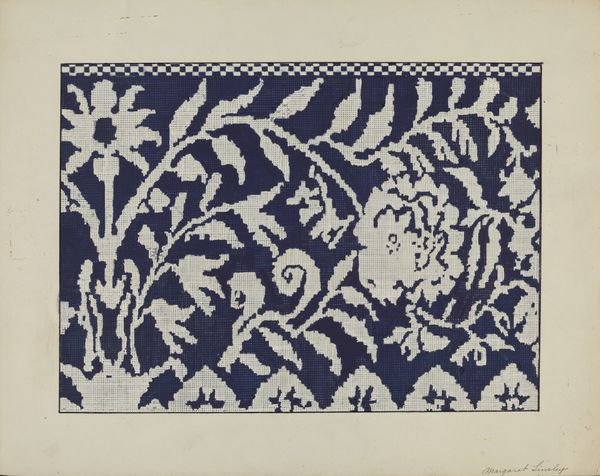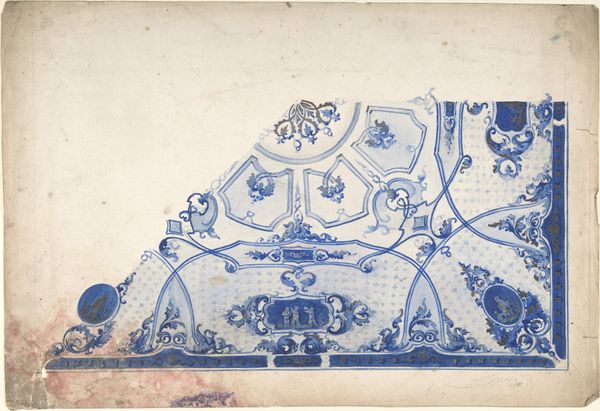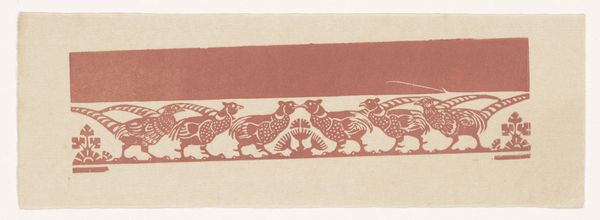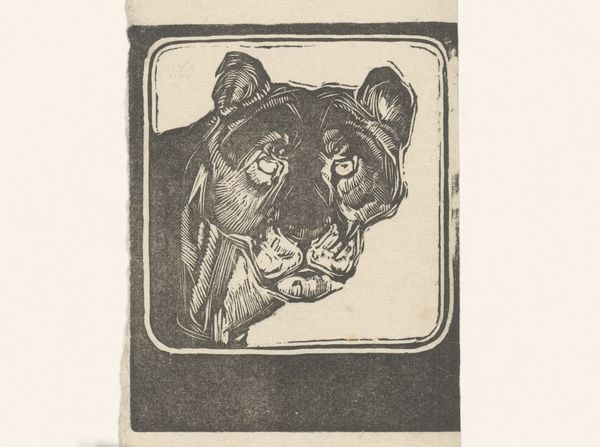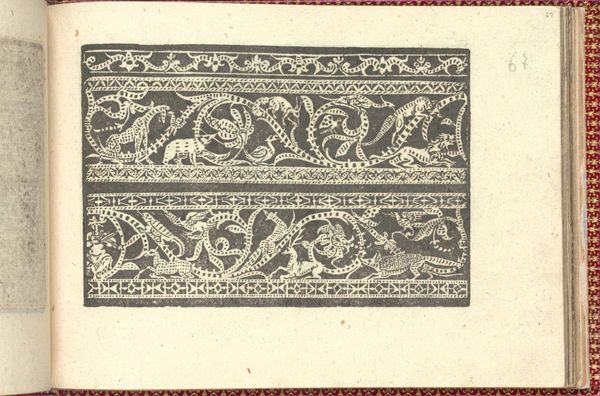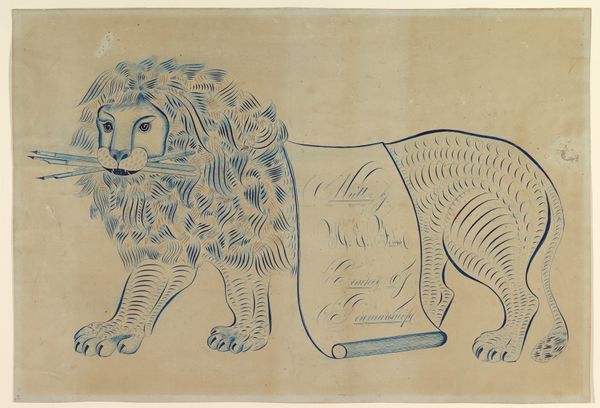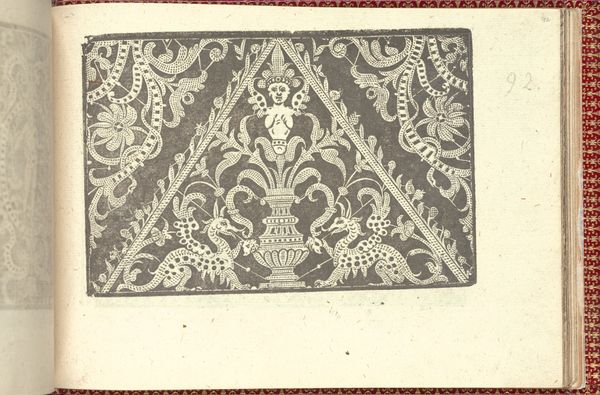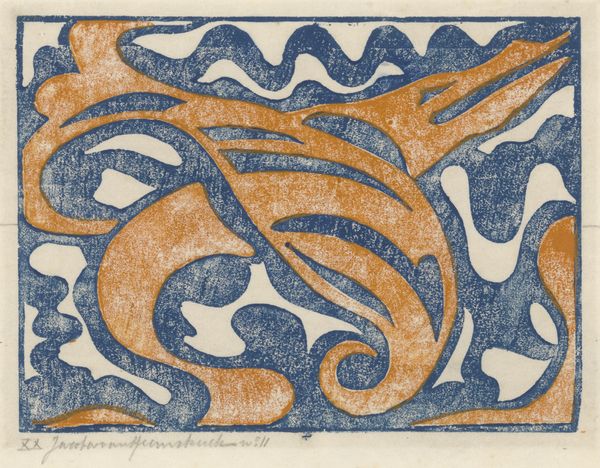
#
natural stone pattern
#
rippled sketch texture
#
naturalistic pattern
#
abstract pattern
#
organic pattern
#
flower pattern
#
layered pattern
#
funky pattern
#
pattern in nature
#
doodle art
Dimensions: height 25 mm, width 160 mm
Copyright: Rijks Museum: Open Domain
Curator: Welcome! We are standing before "Ornamentele rand met hamsters," an ornamental border featuring hamsters, created around 1910. The artist is Bernard Willem Wierink, and it's currently held at the Rijksmuseum. Editor: My first thought is whimsy! There's a lightness here, despite what I assume is the relatively laborious process of printmaking. I immediately focus on the repetition of this motif and the sort of innocent nature imagery. Curator: Yes, it is a print. You have to consider the process, cutting away at the woodblock. It's about control and careful craft. How does the selection of hamsters—domesticated creatures—fit into the artistic landscape of the early 20th century? What were the social uses of decorative patterns such as this? Editor: I think the hamsters are far from neutral; they're definitely loaded with symbolic potential. In folk traditions, small rodents often represent ideas about prosperity, family, perhaps even anxieties about scarcity. The repetitive nature speaks to the cyclical nature of life. Also, one wonders if it could be related to popular literature aimed at kids or as decoration for a child’s room. Curator: The decorative arts served a purpose beyond just visual pleasure. Consider how ornament influences domestic spaces and rituals, perhaps reinforcing bourgeois values of the time, with their increased focus on family. And the patterns are reminiscent of design papers used to decorate drawing rooms. These seemingly simple designs carried subtle ideological weight. Editor: Absolutely! Look at how the stylized plants act as guardians to these small animals. And I see echoes of Art Nouveau here; its stylized floral motifs reflect an idealization of nature and perhaps also a longing for a pre-industrial past, when life was less automated. The choice to domesticate and stylize nature is interesting on its own. Curator: I find it curious that a common rodent features prominently within the aesthetic movement of its era. The image and what we ascribe as an ‘ornament’ becomes the carrier for production and cultural norms. It is amazing the cultural history held within its creation. Editor: Ultimately, a playful, seemingly innocent, exploration in materiality and its underlying web of meaning, from nature to social structure and anxieties of time. It is beautiful and makes you think!
Comments
No comments
Be the first to comment and join the conversation on the ultimate creative platform.


